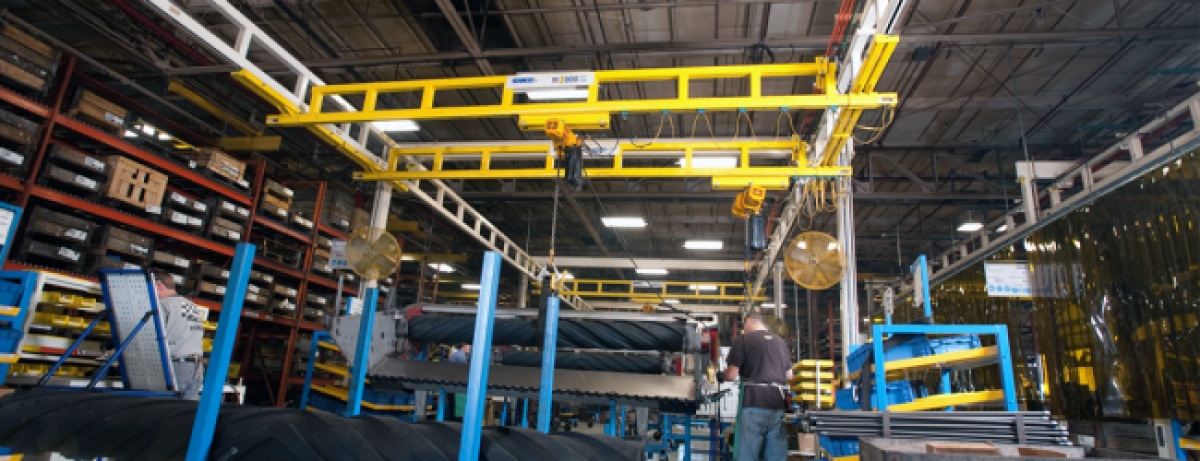Related: PM Programs, Inspections, Load Testing & Hoist & Crane Repair
The secret to having a safe and reliable crane is no secret at all, in fact, it is quite well known. But in case you unaware I’ll share with you what that secret is… the way to extend the life of your crane is to have regularly scheduled and professional preventive maintenance and inspection programs because the best type of maintenance is preventative maintenance. Unfortunately, many companies are turning a blind eye now to the idea of regular inspection programs and preventive maintenance in favour of saving both time and money.
The chances of having a mechanical failure on your equipment without having any kind of warning signs or symptoms are just as likely as winning the lottery and then right after being struck by lightning (or in other words, it is extremely rare).
There are though several reasons as to why a mechanical failure in an overhead crane may occur these include:
- The cranes are being inspected to OSHA/OHSA standard, but the frequency of these inspections are not enough to accommodate the duty cycle of the crane
- The item which failed was not included as part of the inspection contract agreement, which means it was not checked during the inspections and maintenance
This brings up an extremely important question: why would a company invest so much time and money into such a critical piece of equipment, but later on allow for it to fail and cause big problems within their workplace?
Many cranes come with an O.E.M. owner’s manual, these manuals typically offer manufacturer recommendations regarding the frequency in which major components of the crane should be inspected and maintained. Unfortunately though because these are just recommendations many companies fail to design a standard inspection/preventative maintenance program around these guidelines.
Too often people believe that any type of inspection will work that by simply having an annual OSHA inspection they will be completing their inspection/maintenance mandates and will be ensuring the reliability of their equipment. While it is extremely important to meet OSHA requirements for inspections from a safety standpoint, often though these inspections only check to ensure the crane meets the minimum requirement of the regulated safety guidelines. A standard OSHA inspection rarely even comes close to meeting the O.E.M. preventative maintenance and inspection recommendations meant to help you maintain your equipment and extend its life.
Often times these inspections are awarded to a supplier on a fixed price basis, and it usually ends up going to the lowest bidder. So while these types of inspections may meet OHSA/OSHA’s minimum requirements, it is extremely unlikely that the customer will receive any type of professional service catered to the equipment’s specific needs.
Which is why one should keep the three stages of inspection in mind when they start to contemplate creating inspection and/or preventative maintenance plan, the three stages are:
- Initial Inspection: this is completed by a qualified person to ensure the crane is safe to use when it is first installed
- Periodic Inspections: these should be completed by a professional (this is also when any preventative maintenance would occur). These inspections occur at different intervals depending on your usage of the crane:
- Normal Service: Yearly
- Severe Service: Monthly to Quarterly
- Special Service: As often as recommended by a qualified inspector
- Frequent inspections: these should be completed daily or before each shift during normal service conditions and they should be, completed by a competent person.
Before awarding the contract for an inspection/maintenance plan, you should keep several things in mind:
- Does the supplier have a good reputation within the industry?
- Are they willing to make adjustments as they go along, and are they willing to accommodate your scheduling needs?
- Will they perform all of the standard maintenance needed during each visit (things such as fluid changes, greasing the bearings, runway checks and other similar maintenance tasks)?
- Will they ensure that the crane meets OSHA/OHSA’s safety requirements?
When you start to evaluate service providers, you should ask yourself what exactly your current supplier is doing for you now, and what they could be doing better. Chances are that your service provider could be doing more, but is instead doing what is required to meet the criteria stated in their contract. All too often these decisions are made based on a low price, without considering the full value that could be received from some of the higher bids. Programs that are focused on meeting only the minimum requirements and are awarded to the lowest bidder will not allow you to extend the life of your crane and could cost you in the long run in maintenance and repair fees.
Often times there is crane(s) located within a facility, which is used more than others. In these cases, these crane(s) will require more attention than the others. This is where the periodic inspection rating comes in, based upon the usage of each crane will determine if you need annual, quarterly or monthly inspections, the ideology of “one size fits all” does not apply to cranes. So before you request bids for equipment maintenance, make sure that you are aware of your specific needs (if you are unsure as to what category your cranes fall under contact a crane specialist), because every inspection and service provider is different. If you wish to extend the life of your crane, the cost of a professional inspection program, which is catered exactly to your specific needs, will be a worthwhile return on your investment.
Do you have an overhead crane?
Do you have an inspection schedule?
What would you recommend for people to look out for when picking out an inspection and service company?
Comment below and share your thoughts!


